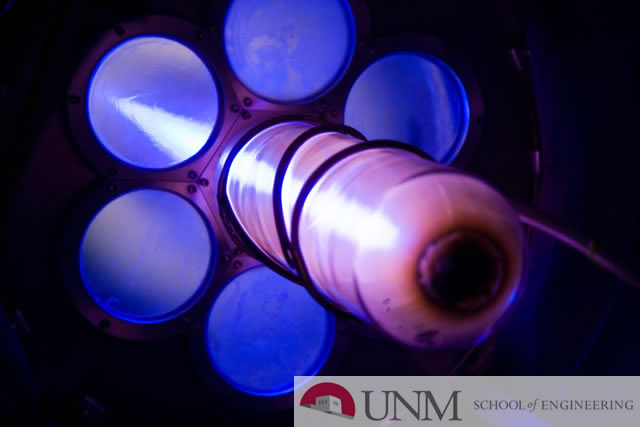
Electrical and Computer Engineering ETDs
Publication Date
8-30-2011
Abstract
In traditional flow cytometry, a hydrodynamic sheath is used to precisely position particles for analysis by a tightly focused laser. This precise analysis provides for well- behaved pulse shapes that allow for accurate correlation of scatter and fluorescence pulse width, area, and peak values to particle composition, size, and labeling levels. However, use of hydrodynamic focusing requires purified water and accelerating particles to high linear velocities, both of which dramatically increase the cost of flow cytometry. Several instruments use sheathless approaches to minimize these effects and have proposed differing methods to correct for artifacts caused by unfocused particles traversing less than optimal paths through the interrogation laser. However, no model yet has used a complete physical simulation to provide a predictive model that can be used to determine key pulse shape effects that would be valuable to determine the shape and size of particles passing through the laser beam. Such a model would be useful for both sheathless cytometers and for cytometers that analyze non-traditional particles that are either difficult to focus (very large particles) or have unique shapes. In order to model the signals generated from unfocused flowing particles traversing a laser, algorithms for different shape geometries must be developed so that the intensity of the Gaussian electric field can be calculated for every detectable position of the object in question. We have developed algorithms to model both focused and unfocused particles in a Gaussian beam in a variety of shape geometries. Geometries that have been modeled include: planar objects, sphere-shaped objects to represent beads and eukaryotic cells, and oblong or rod-shaped objects to represent bacterial cells. Included in each algorithm is a scattering efficiency function to more accurately position the object in reference to orthogonal detection. Finally, using linear regression analysis, we have confirmed that the numerical distribution of the physical model generates a Gaussian distribution as expected.
Sponsors
National Flow Cytometry Resource, Los Alamos National Laboratory, Biosciences Division
Document Type
Thesis
Language
English
Degree Name
Electrical Engineering
Level of Degree
Masters
Department Name
Electrical and Computer Engineering
First Committee Member (Chair)
Graves, Steven
Second Committee Member
Brueck, Steven
Recommended Citation
Thomas, Michael. "Physics-based model and data analysis for the estimation of transverse flowing particles." (2011). https://digitalrepository.unm.edu/ece_etds/250
